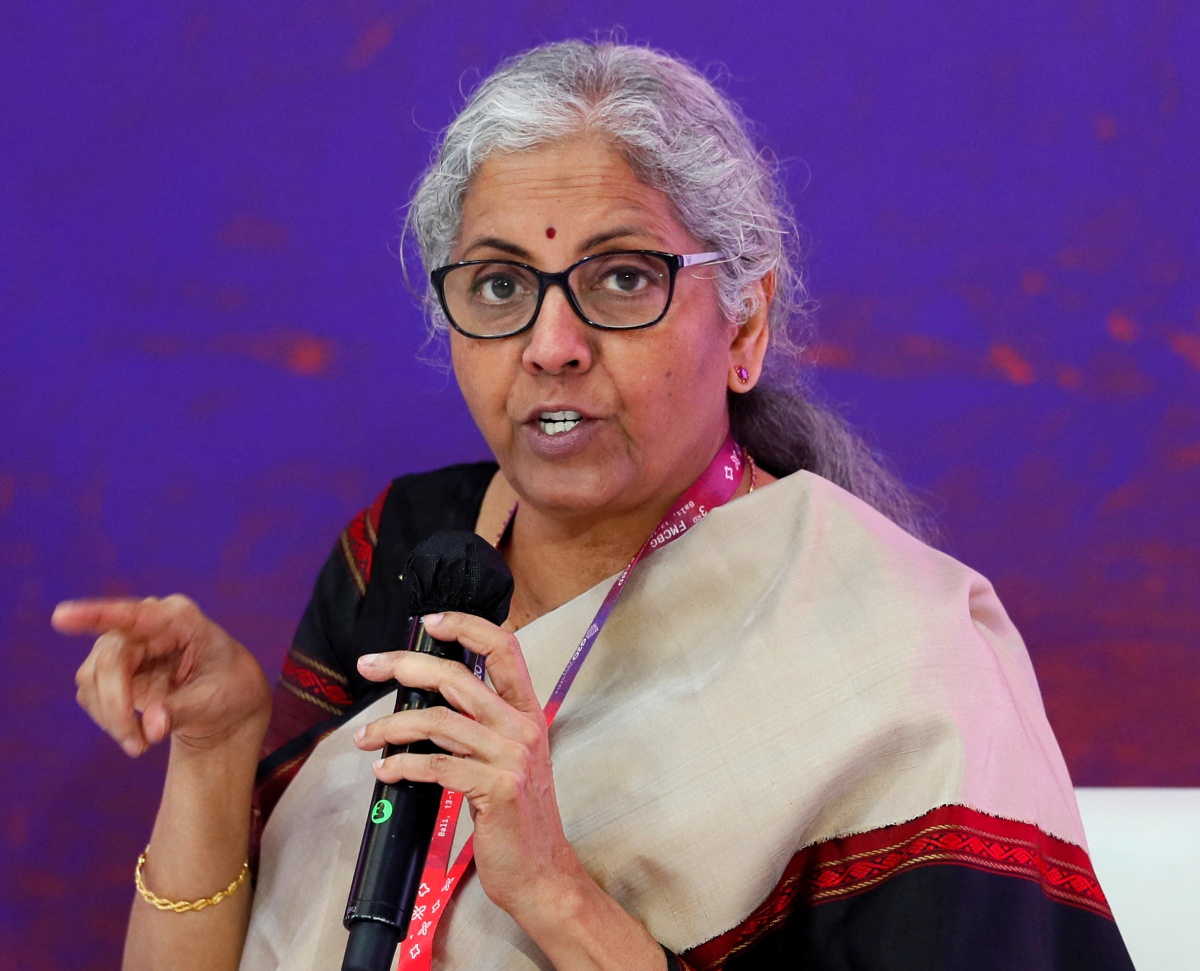A sharp rally in domestic stocks from June lows has once again rendered Indian markets expensive to their emerging-market (EM) peers.

The 12-month forward price-to-earnings (P/E) multiple for the Nifty50 Index is around 20.6x — 82 per cent higher than 11.3 per cent for the MSCI EM Index.
India’s valuation premium has hit a five-month high.
This is on the back of sharp outperformance to EM and global peers from June lows and also due to earnings downgrades, following the April-June quarter of 2022-23 earnings.
When the Nifty hit its 2022 high on January 17, India’s P/E at 25x was almost double MSCI EM’s, which was around 12.7x.
When the Nifty hit a 13-month low on June 17, the premium had shrunk to just 54 per cent.
Indian markets have always commanded a premium to their EM peers.
However, the current differential could be pricing in lofty expectations around corporate earnings and economic growth, say experts.
Also, the rupee’s weakness against the US dollar and uncertainty around foreign portfolio investor (FPI) flows could cap further expansion in P/E.
What has led to the expansion in India’s premium? For one, Indian markets are seen as being better placed.
“We are overweight on India within Asia (excluding Japan).
"Given the broader environment of a global slowdown, India’s corporate growth and fiscal position seem relatively healthy.
"A considerable proportion of India’s inflation is also imported,” says Abhiram Eleswarapu, head of India equities, BNP Paribas.
"One should look at P/E in the context of interest rates and earnings growth.
"In terms of earnings growth, India is leagues ahead.
"Historically, India always had better-than-expected earnings growth.
"India is an island of growth.
"Valuation premium will sustain as long as growth momentum sustains.
"If there is any hit to growth due to disruption in commodity prices or geopolitical tensions, things will be different,” says U R Bhat, co-founder, Alphaniti Fintech.
Market experts say the Indian market has a large correlation to the oil market.
The country’s large import dependence places it in a disadvantageous position, while commodity-exporting peers within the EM tend to benefit.
“India’s rupee is falling, so are foreign exchange reserves. Oil prices, too, are fluctuating. Risk factors notwithstanding, we are getting a high premium.
"There are risks of downside.
"If the US Federal Reserve shrinks its balance sheet, there could be further pressure on the rupee and FPI flows could once again reverse.
"Oil prices remain the biggest determining factor in whether the premium stays or goes.
"If crude oil price stays below $100 per barrel, the premium will go up.
"If it goes back to $120 per barrel, the situation will get intricate,” says Chokkalingam G, founder, Equinomics Research & Advisory.
India has the third biggest-weighting in the MSCI EM Index at 14 per cent, after China (32 per cent) and Taiwan (15 per cent).
Experts point out that the P/E of MSCI EM looks optically low due to China’s underperformance this year.
Beijing’s regulatory clampdown and resurgence of Covid in China has seen the MSCI EM Index crash 25 per cent this year.
The MSCI China trades at a 12-month forward P/E of less than 11x.










